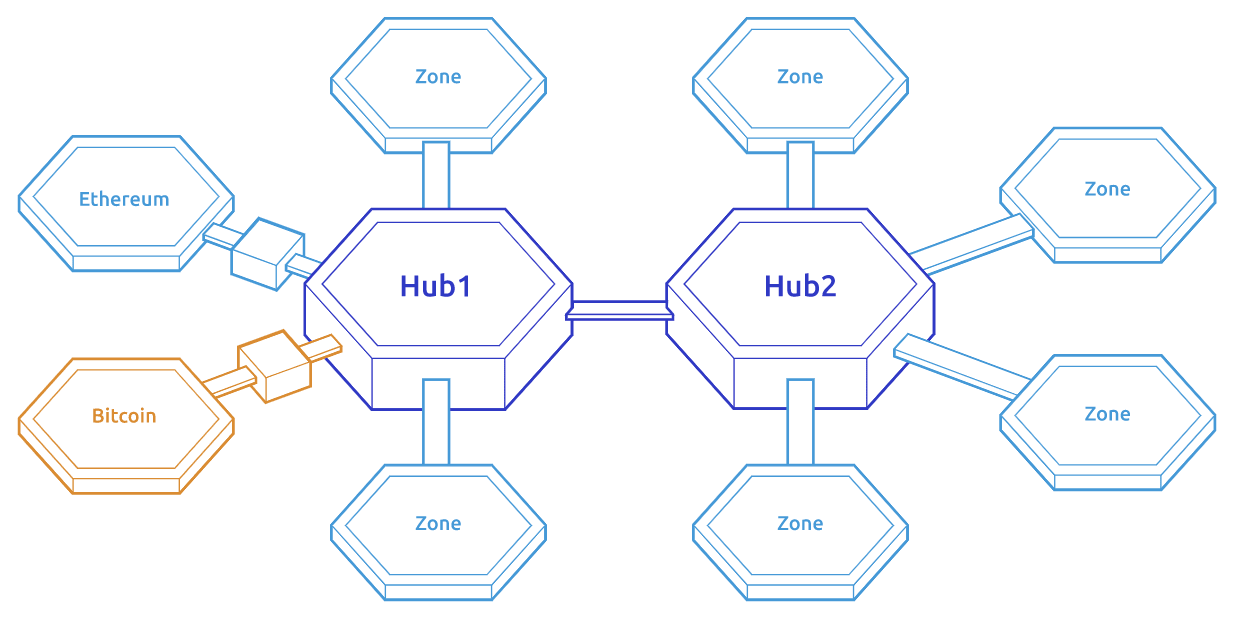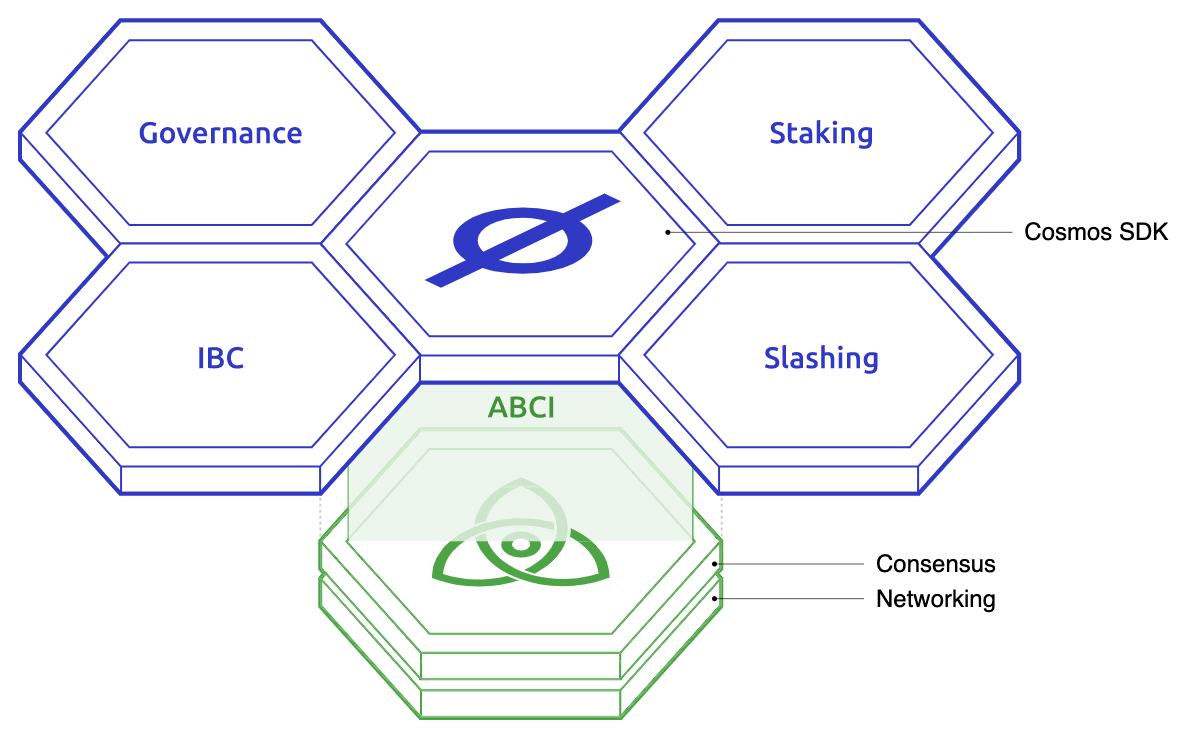Cosmos Overview
This dynamic, data-driven dashboard intends to provide a through analysis of Cosmos blockchain in comparison with similar leading blockchains. The dashboard focuses on application areas such as GameFi and DeFi, analzying metrics like transaction success rate, growth, retention, investment, and more. The goal is to understand Cosmos' competitive standing in the blockchain space. The presented data aims to assist in decision-making, strategic planning, and identifying opportunities.
Cosmos is a decentralized network of independent parallel blockchains, each powered by BFT consensus algorithms like Tendermint consensus. Cosmos allows these blockchains to interoperate with each other, enabling seamless data and asset transfers between them. It aims to create an “Internet of Blockchains,” where any blockchain that meets its standards can connect and interact with others in the ecosystem. Cosmos also has its own native cryptocurrency, ATOM, which is used as a staking token to secure the network and incentivize validators to confirm transactions.
Cosmos aims to solve some of the most difficult problems facing the blockchain industry, namely scalability, usability, and interoperability.
Inter-Blockchain Communication (IBC) Protocol: This protocol allows for secure and efficient communication between different blockchains. The IBC protocol is what allows the different blockchains in the Cosmos network to understand and communicate with each other.
ATOM: ATOM is the native cryptocurrency of the Cosmos network. It's used for staking in the network's Proof-of-Stake consensus system, and also for paying transaction fees.
Proof-of-Stake (PoS): Cosmos uses a PoS system for its security. ATOM holders can stake their tokens as a form of collateral to participate in the network's consensus, validate transactions, and earn more ATOMs.
The vision of Cosmos is to make it easy for developers to build blockchains and break the barriers between blockchains by allowing them to transact with each other. The end goal is to create an Internet of Blockchains, a network of blockchains able to communicate with each other in a decentralized way. With Cosmos, blockchains can maintain sovereignty, process transactions quickly and communicate with other blockchains in the ecosystem, making it optimal for a variety of use cases.
This vision is achieved through a set of open source tools like Tendermint, the Cosmos SDK and IBC designed to let people build custom, secure, scalable and interoperable blockchain applications quickly. Let us take a closer look at some of the most important tools in the ecosystem as well as the technical architecture of the Cosmos network. Note that Cosmos is an open source community project initially built by the Tendermint team. Everyone is welcome to build additional tools to enrich the greater developer ecosystem.


At the core of Cosmos is the Tendermint consensus protocol, which is a Byzantine Fault Tolerant (BFT) consensus algorithm. Tendermint BFT is a solution that packages the networking and consensus layers of a blockchain into a generic engine, allowing developers to focus on application development as opposed to the complex underlying protocol. As a result, Tendermint saves hundreds of hours of development time. Note that Tendermint also designates the name of the byzantine fault tolerant (BFT)consensus algorithm used within the Tendermint BFT engine. For more on the history of consensus protocols and BFT you can check this cool podcast by Tendermint co-founder Ethan Buchman.
The Tendermint BFT engine is connected to the application by a socket protocol called the Application Blockchain Interface (ABCI). This protocol can be wrapped in any programming language, making it possible for developers to choose a language that fits their needs.

Cosmos Software Development Kit (SDK) is a modular framework for building interoperable, application-specific blockchains. It's designed to simplify the process of building blockchains by providing a basic blockchain framework that developers can build on
Here is a quick recap of what Cosmos is in three concise points:
- Cosmos makes blockchains powerful and easy to develop with Tendermint BFT and the modularity of the Cosmos SDK.
- Cosmos enables blockchains to transfer value with each other through IBC and Peg-Zones, while letting them retain their sovereignty.
- Cosmos allows blockchain applications to scale to millions of users through horizontal and vertical scalability solutions.
Cosmos is not a product but an ecosystem built on a set of modular, adaptable and interchangeable tools.

Cosmos Network: https://v1.cosmos.network/introz
Cosmos is not limited to Tendermint chains. In fact, any kind of blockchain can be connected to Cosmos.
Cosmos network is organized around hubs and zones. Zones are independent blockchains that are governed by the Cosmos Hub. Hubs are responsible for keeping track of the state of the zones. Each Zone can interact not only with the Hub but also with other Zones, as long as the requisite IBC connection has been established.
Blockchains that use any fast-finality consensus algorithms can connect with Cosmos by adapting IBC.
For blockchains that do not have fast-finality, like Proof-of-Work chains, things get a bit trickier. For these chains we use a special kind of proxy-chain called a Peg-Zone, which is a blockchain that tracks the state of another blockchain. The Peg-Zone itself has fast-finality and is therefore compatible with IBC. Its role is to establish finality for the blockchain it bridges.

